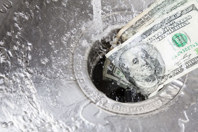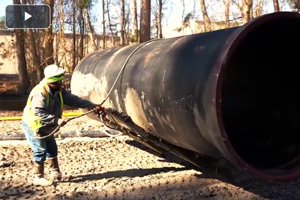SOURCE WATER RESOURCES
-
When pregnant women drink water that comes from wells downstream of sites contaminated with PFAS, known as “forever chemicals,” the risks to their babies’ health substantially increase, a new study found. These risks include the chance of low birth weight, preterm birth, and infant mortality.
-
Diverse wastewater flows from mixed-use projects strain conventional systems. Learn how advanced biological treatment stabilizes unpredictable loads, ensures compliance, and delivers high-quality water suitable for reuse.
-
Wastewater flows in seasonal resorts are highly volatile. Learn how to stabilize biological treatment against sudden peak demands and low-flow off-seasons, ensuring continuous compliance and securing a high-quality water source for reuse.
-
As water systems grow more complex and climate patterns shift, Legionella is emerging as one of the most persistent and underestimated risks in the built environment. The threat to public health from Legionnaires' disease will likely further escalate unless decisive action is taken.
-
Water scarcity poses unique challenges to KW Resort Utilities Corp. (KWRU), the utility firm that provides wastewater management, wastewater recovery, and wastewater treatment in the region. KWRU began operation in the late 1960s and has worked hard over the decades to keep up with wastewater needs as population and tourism have boomed, spurred by land reclamation and development.
-
Amid the AI-fueled gold rush, more leaders are beginning to pay attention to the short- and long-term natural resource concerns, especially around all the water needed to keep data centers running.
-
Water pricing often fails to reflect scarcity, quality, or long-term risk, forcing companies to act internally. But this action is not being done in a vacuum. The ripple effect of internal water pricing is bound to impact water utilities, and ultimately, ratepayers and consumers.
-
Misinformation and confusion could prevent some utilities from benefitting from the aqueous film-forming foam multidistrict litigation (AFFF MDL) settlements. Here are five common myths about the AFFF MDL PFAS settlements and how public water systems can make the most of this unprecedented funding opportunity.
-
Discover how PFAS treatment technologies can provide safer drinking water and limit the amount of PFAS in the environment.
-
Every year on November 19, Water Mission observes World Toilet Day — a day designated by the United Nations to focus on the importance of safe sanitation for all.











